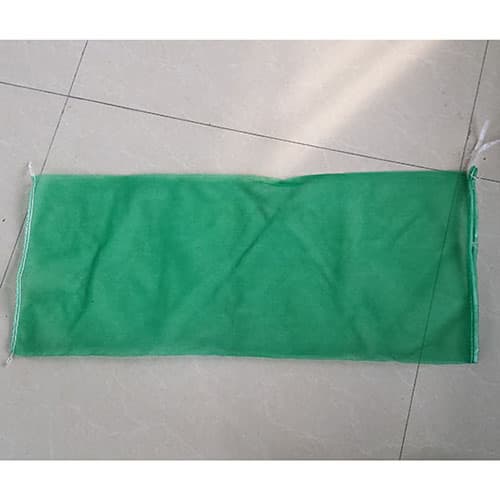

Heavy fouling occurred on all oysters in the mesh and stocking density experiments while they were suspended off-bottom, but an I l -fold decrease in fouling occurred after bags were placed on the sublidal river bottom. Density had no effect on oyster growth (shell length) or survival at the levels tested.

Stocking density did affect oyster fouling, with lower fouling per oyster in higher density treatments. Mesh size of the oyster growing bags -had no effect upon oysler fouling or growth (shell length) and survival of the oysters they contained. Survival of oysters grown intertidally (64%) was better the those cultured subtidally (27%). 4) If you put oyster seed in a bag with openings that are too close to the seed size, many will grow into the mesh and you will have to kill them to. Intertidal mud and sandhnud bottom treatments showed the least growth. Greater growth occurred in subtidal bags placed on sandmud and sandclay substrates. Sediment type had no effect on the number of spat per oyster either in intertidal or subtidal areas. Oyster gowth and survival was also monitored for each treatment. However, protective mesh bags may foul quickly and, to maximise retention and spat growth, weekly replacement of mesh bags should be undertaken.This study was designed to determine if oyster spat fouling upon adult oysters, Crassostrea virginica, cultured in coastal Georgia could be controlled by stocking density, bag mesh size, substrate type, and tidal level (intertidally or subtidally). The results show that the presence of a mesh bag around spat culture units may improve retention of spat by between 18–41%. Weights than those from the REPLACE treatment. Mean wet weight of the mesh bags at the end of the experiment differed between treatments with bags from the WASH and NO WASH treatments having significantly greater mean wet

Grading of the spat from each treatment at the end of the experiment showed that the REPLACE treatment had the highest number of spat in large and medium size classes with mean (± SE) dorso-ventral height of 23.9 ± 0.5 mm and 17.4 ± 0.5 mm, respectively. ranging from scattering the spat on the bottom to keeping it in plastic mesh bags on some. Order) 89.39 /Piece (Shipping) CN Binzhou Jinpeng Plastic Products Co., Ltd. spat collector mesh bag for scallop oyster spat seed collector. MENU MENU Order Protection Ready to Ship. Culture units in the REPLACE treatment had the greatest number of spat at the end of the experiment and 41% more spat than in the REMOVE treatment. strate for oyster larvae to set on (see life cycle, right). These oyster mesh bag have outstanding quality and offer high fishing yields. It assessed spat retention and growth in culture units without mesh bags (REMOVE) and in those where mesh bags were replaced weekly (REPLACE), washed weekly (WASH) or left unwashed (NO WASH) for the duration of the six-week experiment. This study examined the effectiveness of mesh bag covers on culture units for spat of the blacklip pearl oyster, Pinctada margaritifera. Pearl Oyster Research Group, School of Marine and Tropical Biology, James Cook University, Townsville, Qld 4811, AustraliaĬorresponding produced pearl oyster spat are generally transferred to the ocean on spat collectors which may, or may not, be covered with fine mesh to prevent spat loss.


 0 kommentar(er)
0 kommentar(er)
